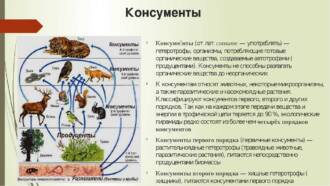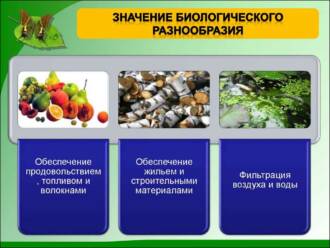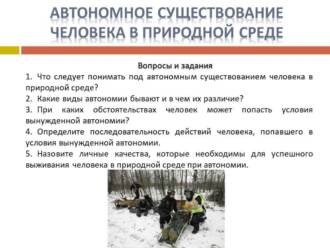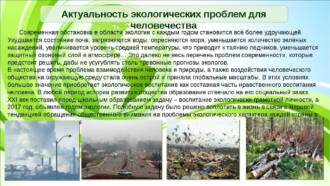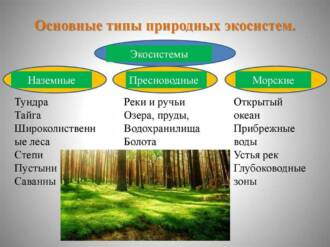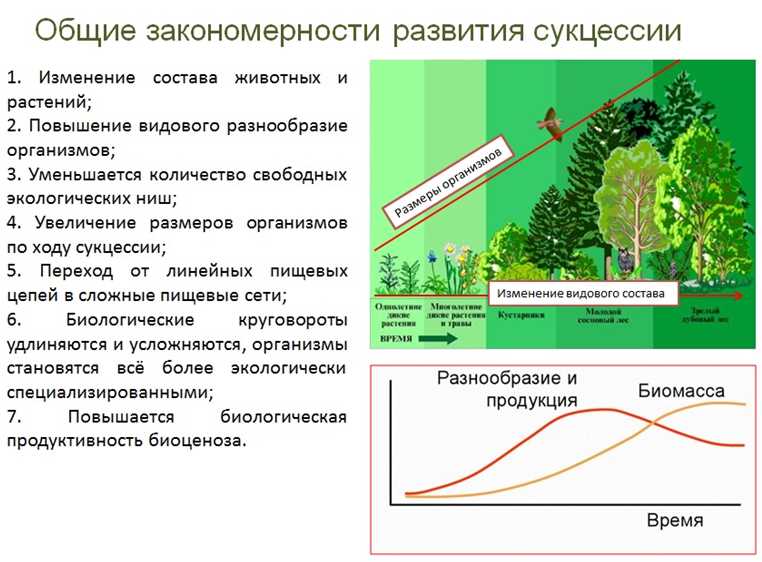
Butterflies, these delicate and colorful creatures, play an important role in the ecosystem of our planet. They are one of the most important pollinators of plants, helping them reproduce and reproduce. Without butterflies, many plant species would not be able to form fruits and seeds, which would lead to serious consequences for the ecosystem and humanity as a whole.
One of the main reasons why butterflies are such efficient pollinators is their ability to fly long distances. Butterflies can travel great distances, moving from one plant to another and carrying pollen on their legs and wings. This allows them to effectively pollinate various plant species and contribute to the diversity of flora in the ecosystem.
In addition, butterflies are also important food sources for other animals such as birds and bats. They serve as an important link in the food chain, helping to maintain the balance in nature. Without butterflies, many animals would not be able to get enough food to survive, leading to an ecological imbalance.
Butterflies are also indicators of the state of the ecosystem. Changes in the abundance and diversity of butterflies can indicate problems in the ecosystem, such as air pollution or habitat loss. Therefore, the protection of butterflies and their habitats is an important aspect of biodiversity conservation and ecological balance.
In general, butterflies play an indispensable role in the ecosystem. They not only contribute to the pollination of plants, but also are a source of food for other animals. In addition, they serve as an indicator of the state of the ecosystem. Therefore, it is important to preserve their habitats and take measures to protect these beautiful and useful creatures.
Biodiversity and butterflies
Butterflies play an important role in biodiversity as they are one of the most diverse and numerous groups of insects on the planet. There are about 180,000 species of butterflies in the world, and each of them makes its own unique contribution to the ecosystem.
Variety of shapes and colors
Butterflies are distinguished by a variety of shapes and colors, which makes them important for the conservation of biological diversity. Their wings can be multicolored, patterned, or camouflaged. This allows butterflies to adapt to different environmental conditions and interact with other organisms.
Pollination of plants
Butterflies are important plant pollinators. They carry pollen from one flower to another, helping plants reproduce. Through this process, butterflies play a key role in the conservation and maintenance of many plant species.
Food for other organisms
Adult butterflies serve as a food source for many other organisms such as birds, frogs, and insectivores. Butterfly larvae, known as caterpillars, also serve as food for many animals. Thus, butterflies play an important role in the food chain and in maintaining the balance in the ecosystem.
Ecological status indicator
Butterflies are sensitive to environmental changes such as air pollution and the destruction of natural habitats. Their presence or absence can serve as an indicator of the ecological state of the region. If the butterfly population is declining or disappearing, this may indicate problems in the ecosystem.
The Importance of Butterfly Pollination

Pollination is the process of transferring pollen from the anther of a flower to the pistil of another flower, which leads to fertilization and the formation of a fruit. Butterflies are one of the most important pollinators in the ecosystem, and their role in this process cannot be underestimated.
Butterflies are attracted to flowers by insects, which facilitates the transfer of pollen between different plants. They are efficient pollinators as they often visit many flowers in a short amount of time. In addition, butterflies can fly long distances, which contributes to the diversity of pollinated plants.
Butterfly pollination plays an important role in biodiversity conservation and ecosystem health. Many plants depend on pollination by butterflies for their reproduction and reproduction. Without this process, these plants will not be able to produce seeds or fruits, which can lead to their extinction and disruption of the food chain in the ecosystem.
Butterflies also play the role of indicators of the ecological state. Their presence or absence may indicate the quality of the environment. If butterflies disappear from a certain area, this may indicate an imbalance in the ecosystem and problems with pollution or destruction of natural habitats.
In general, butterfly pollination plays an important role in maintaining the ecosystem and ensuring the productivity of many plants. Therefore, it is necessary to conserve and protect their habitats and biodiversity in order to ensure the health and sustainability of natural ecosystems.
Butterflies as a food chain
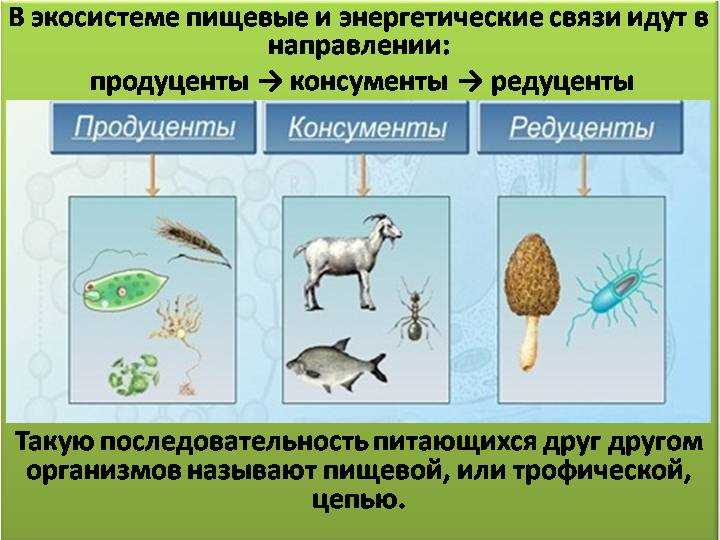
Butterflies play an important role in the ecosystem as part of the food chain. They are a food source for many other organisms, including birds, frogs, lizards, and other insectivorous animals. Moreover, butterflies also serve as plant pollinators, which makes them even more important for biodiversity conservation.
Butterflies begin their life cycle as eggs that are laid on plants. The eggs hatch into caterpillars that feed on plant foods such as leaves and stems. Caterpillars are the main consumers of plant matter and can greatly affect the growth and development of plants.
After several molts, the caterpillars turn into pupae, in which metamorphosis takes place and the transformation into adult butterflies. Adult butterflies, in turn, serve as a food source for predatory animals. They also play an important role in the pollination of plants, carrying pollen from one flower to another and facilitating their reproduction.
Thus, butterflies play an important role in the food chain, participating in the food cycle of various organisms and pollinating plants. Their conservation and protection are necessary to maintain the ecological balance and biological diversity in nature.
Butterflies and decomposition of organic material
In an ecosystem, butterflies play an important role in the decomposition of organic material. They are one of the main spreaders of microorganisms that are involved in the process of decomposition of dead plants and animals. Butterflies mainly feed on the nectar of flowers, but may also feed on rotten fruit or dead animals.
Butterflies also play an important role in the food chain.. They are a food source for many animals including birds, lizards and spiders. When butterflies die or their eggs fall to the ground, they become food for many microorganisms and insects, which are also involved in the decomposition of organic material.
Butterflies can also be important plant pollinators. They carry pollen from one flower to another, which contributes to the process of pollination and ensures the reproduction of plants. Thus, butterflies play a role not only in the decomposition of organic material, but also in the maintenance of biological diversity in the ecosystem.
Butterflies and plant seeds
Butterflies play an important role in the dispersal of plant seeds. They are one of the main pollinators of plants and help them reproduce.
When visiting flowers, butterflies transfer pollen from one flower to another, which contributes to the pollination of plants. The pollinated flowers form seeds, which can then be dispersed by butterflies.
Butterflies also help in seed dispersal by eating the fruits of the plants. After the butterfly eats the fruit, it transports its seeds to other places where they can germinate and grow new plants.
Some butterflies also act as "go-betweens" between certain plant species. For example, they may pollinate a flower of one plant species and then visit another plant species, carrying pollen with them and helping to pollinate it. This helps maintain plant diversity in an ecosystem.
Butterflies as indicators of ecological balance
Butterflies are important indicators of ecological balance in natural ecosystems. They respond to changes in the environment and can serve as indicators of the state of the ecosystem.
Butterflies are sensitive to climate change, air pollution and habitat degradation. They can respond to changes in the number and diversity of plants, the presence of pesticides and other chemicals in the environment.
Changes in butterfly populations may indicate an ecological imbalance. If the number of butterflies is declining or their species diversity is decreasing, this may indicate problems in the ecosystem, such as loss of biodiversity or heavy use of pesticides.
Thus, butterflies play an important role in monitoring and assessing the state of the environment. Their observation and research allows assessing the ecological health of the ecosystem and taking measures for its conservation and restoration.
Butterflies and soil restoration

Butterflies play an important role in soil restoration through their life cycles and behaviour. Adult butterflies feed on the nectar of flowers, while transferring pollen from one flower to another, contributing to the pollination of plants. This helps to restore vegetation and enrich the soil with organic matter.
In addition, butterflies in their larval state, or caterpillars, also contribute to soil restoration. Caterpillars feed on plant leaves, which leads to the formation of organic waste, which further decomposes and enriches the soil with nutrients.
However, for butterflies to fulfill their role in soil restoration, their natural habitats must be conserved. Building and destruction of natural ecosystems leads to a decrease in the number of butterflies and a decrease in their impact on the soil. Therefore, it is important to preserve and maintain the diversity of plants and ecosystems in order to provide favorable conditions for the existence of butterflies and soil restoration.
Butterflies and medicine
Butterflies, in addition to their aesthetic value, play an important role in medicine. They are useful in the process of researching various diseases and creating drugs.
Metamorphosis studies
Butterfly metamorphosis is a unique process that attracts the attention of scientists. Studying this process allows us to understand the developmental features of an organism, including genes and growth mechanisms. This knowledge can be applied in medicine to study and treat various diseases related to genetics and organism growth.
Medical Biomimetics
Butterflies serve as inspiration for the development of new medical technologies. Some species of butterflies have unique properties, such as the ability to self-cleanse or protect against germs. The study of these properties allows the creation of new materials and drugs that can prevent infections and improve the quality of life of patients.
The use of butterflies in therapy
In some cases, butterflies are used as a therapeutic tool. Watching them and getting in touch with nature can help patients reduce stress, improve mood and overall well-being. Such therapy is especially effective for children and people suffering from mental and emotional disorders.
Butterflies and medicine: conclusion
Butterflies play a significant role in medicine. Their study allows us to expand our knowledge about the development of organisms and create new technologies and drugs. In addition, contact with butterflies can be used in therapy to improve the mental state of patients. All this confirms the importance of conservation and protection of butterflies and their habitats.
Butterflies and ecotourism
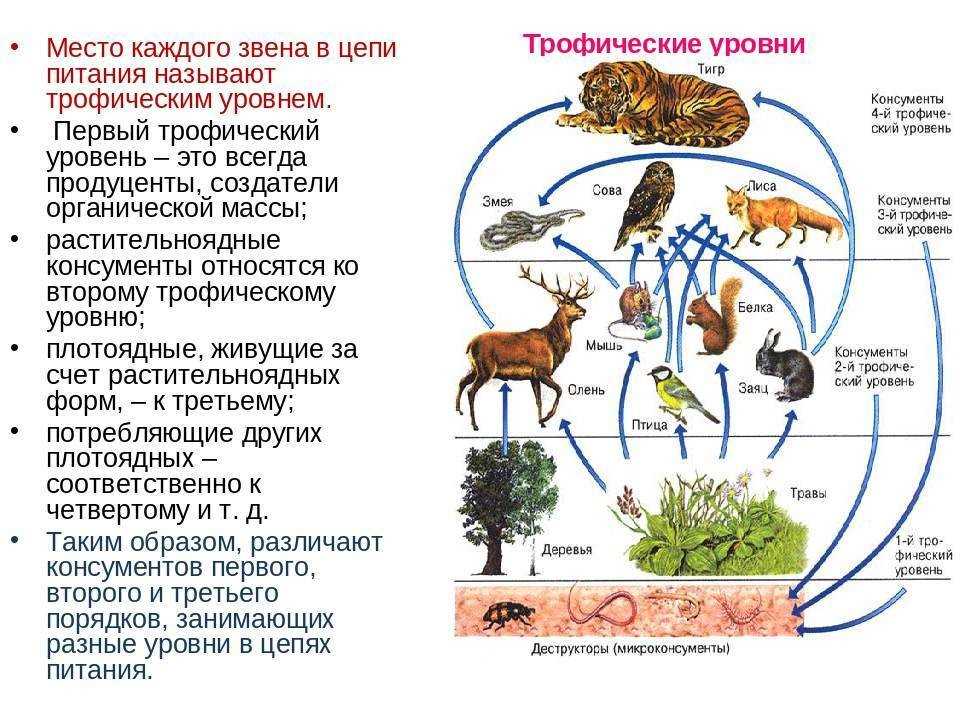
Wealth of butterfly species
Butterflies are one of the most beautiful and diverse creatures on the planet. There are over 20,000 species of butterflies, each with its own unique features and beauty. This makes them attractive to ecotourists who want to enjoy watching these graceful insects in their natural habitat.
The role of butterflies in ecotourism
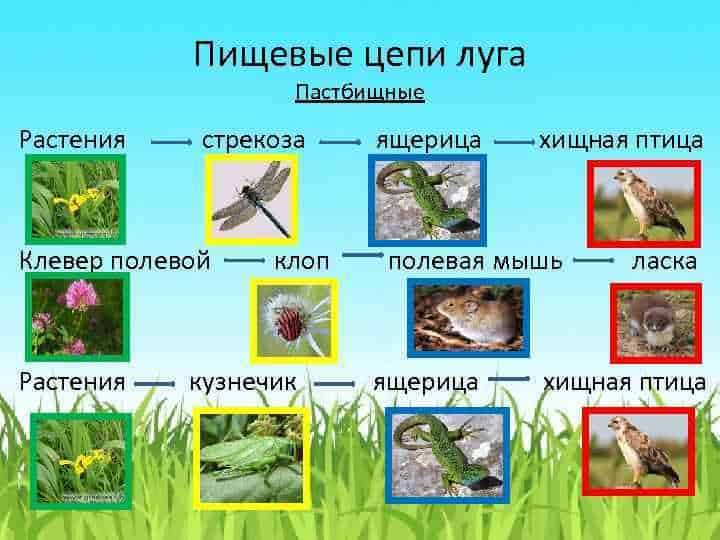
Butterflies play an important role in the development of ecotourism. Butterfly watching and photographing are popular recreational activities for many people. Ecotourists visit special reserves, parks and gardens where they can see a variety of butterfly species and learn about their life cycle and place in the ecosystem.
Butterflies and nature conservation
Butterflies also play an important role in the conservation of nature and its biodiversity. They are pollinators of many plants, helping them to reproduce and survive in their natural environment. The protection and conservation of butterfly habitats is becoming a priority for many ecotourism organizations and government agencies.
environmental education
Butterfly watching also contributes to environmental education. Ecotourists, visiting special reserves and gardens, gain knowledge about biodiversity and the importance of nature conservation. This helps to raise awareness and interest in environmental protection and contributes to the formation of an environmentally responsible attitude towards nature.
Ecotourism and butterflies in Russia
There are also many places in Russia where you can enjoy butterfly watching. Some of them include the Belogorye Nature Reserve in Krasnodar Krai, Sochi National Park, and the Moscow State University Botanical Garden in Moscow. These places offer unique opportunities for ecotourists and allow them to immerse themselves in the world of butterflies and nature.
Threats to butterflies and their impact on the ecosystem
Butterflies play an important role in the ecosystem, but they are also subject to various threats that can negatively affect their numbers and diversity. One of the main threats to butterflies is the loss of their natural habitats. As a result of deforestation, changing agricultural practices and land development, many species of butterflies are losing their vital sites where they can breed and find food.
Another threat to butterflies is the use of pesticides in agriculture. These chemicals used to protect plants from pests can be toxic to butterflies, their larvae and pupae. Butterflies can die from poisoning, and their populations can also be reduced due to lack of food, as pesticides can destroy the plants on which the butterflies feed.
Climate change is also having a negative impact on butterflies and their ecosystem. Increasing temperatures, changing rainfall, and other climatic factors can change the distribution and availability of food for butterflies. This may cause a shift in their range, and some species of butterflies may find it difficult to find food and reproduce.
All these threats together can lead to a reduction in the number and diversity of butterflies. This can have serious consequences for the ecosystem, as butterflies are important plant pollinators and are involved in food chains. They help disperse pollen and promote plant fertilization, as well as being a food source for other animals such as birds and bats. Therefore, the protection of butterflies and their habitats is an important task for maintaining ecosystem sustainability.

